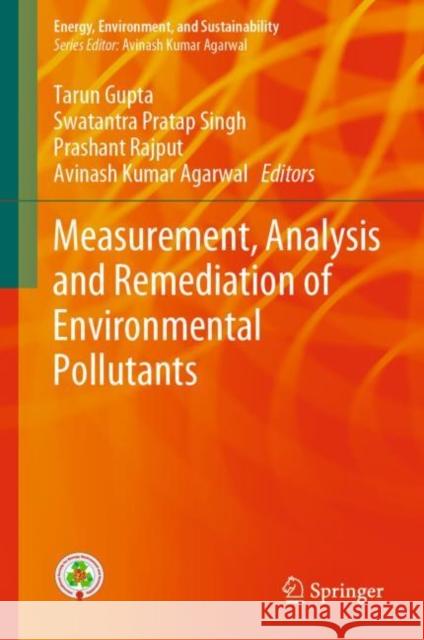Measurement, Analysis and Remediation of Environmental Pollutants » książka
topmenu
Measurement, Analysis and Remediation of Environmental Pollutants
ISBN-13: 9789811505393 / Angielski / Twarda / 2019 / 474 str.
Measurement, Analysis and Remediation of Environmental Pollutants
ISBN-13: 9789811505393 / Angielski / Twarda / 2019 / 474 str.
cena 644,07
(netto: 613,40 VAT: 5%)
Najniższa cena z 30 dni: 616,85
(netto: 613,40 VAT: 5%)
Najniższa cena z 30 dni: 616,85
Termin realizacji zamówienia:
ok. 22 dni roboczych
Dostawa w 2026 r.
ok. 22 dni roboczych
Dostawa w 2026 r.
Darmowa dostawa!
Kategorie:
Kategorie BISAC:
Wydawca:
Springer
Seria wydawnicza:
Język:
Angielski
ISBN-13:
9789811505393
Rok wydania:
2019
Wydanie:
2020
Numer serii:
000824700
Ilość stron:
474
Waga:
0.85 kg
Wymiary:
23.39 x 15.6 x 2.69
Oprawa:
Twarda
Wolumenów:
01
Dodatkowe informacje:
Wydanie ilustrowane











